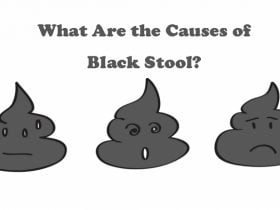Overview

Low blood sugar, also called hypoglycemia, is a condition in which a person has too little sugar (glucose) in their blood. Hypoglycemia symptoms often occur when one’s blood sugar drops below 70 milligrams per deciliter (mg/dL). It is usually transient and resolves when a person raises their blood sugar level to the normal range. It is usually resolved by giving the affected person a readily absorbed source of sugar, such as powdered glucose or sugary soft drinks.
Hypoglycemia is most common in diabetic people. This is because of abnormalities in how their body handles sugar along with their diet and the kind of medications they use. Diabetic people are not the only group of people who can have low blood sugar. It can happen to anyone.
Low blood sugar in non-diabetic people generally falls into one of two categories: reactive hypoglycemia and fasting hypoglycemia. Fasting hypoglycemia is more known and usually happens after a person has gone eight hours or longer [1] without food. It can occur due to exercise, alcohol consumption, or medications. It may also be linked to other health problems like liver disease and hypothyroidism.
Reactive hypoglycemia typically happens two to four hours after eating. The cause is not always known, but it may be linked to hyperinsulinism, prediabetes, or consumption of foods high in refined carbohydrates.
The symptoms of hypoglycemia vary from person to person and the severity of the drop in their blood sugar. Not everyone can recognize symptoms of low blood sugar, which can be dangerous if the levels are quite low. Some can, but not all the time. In this guide, you will learn the symptoms of hypoglycemia so you can recognize them quickly.













